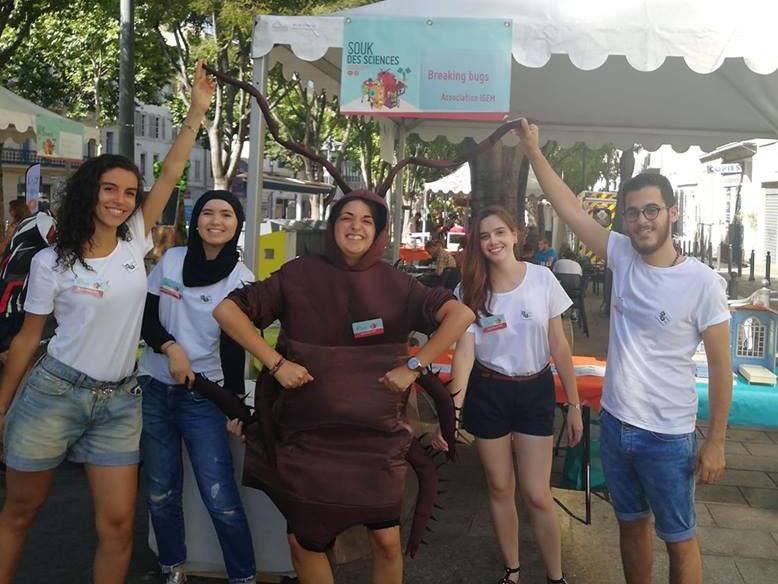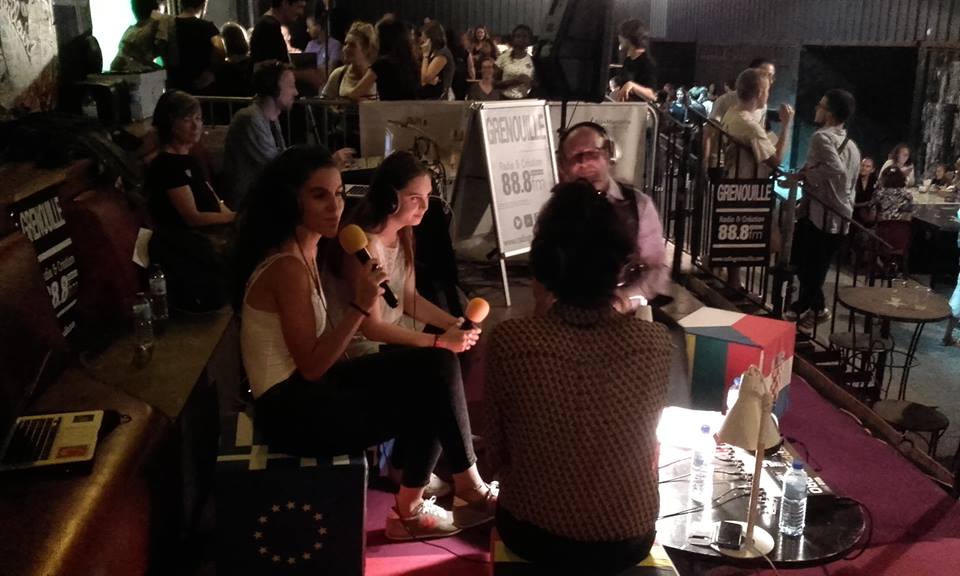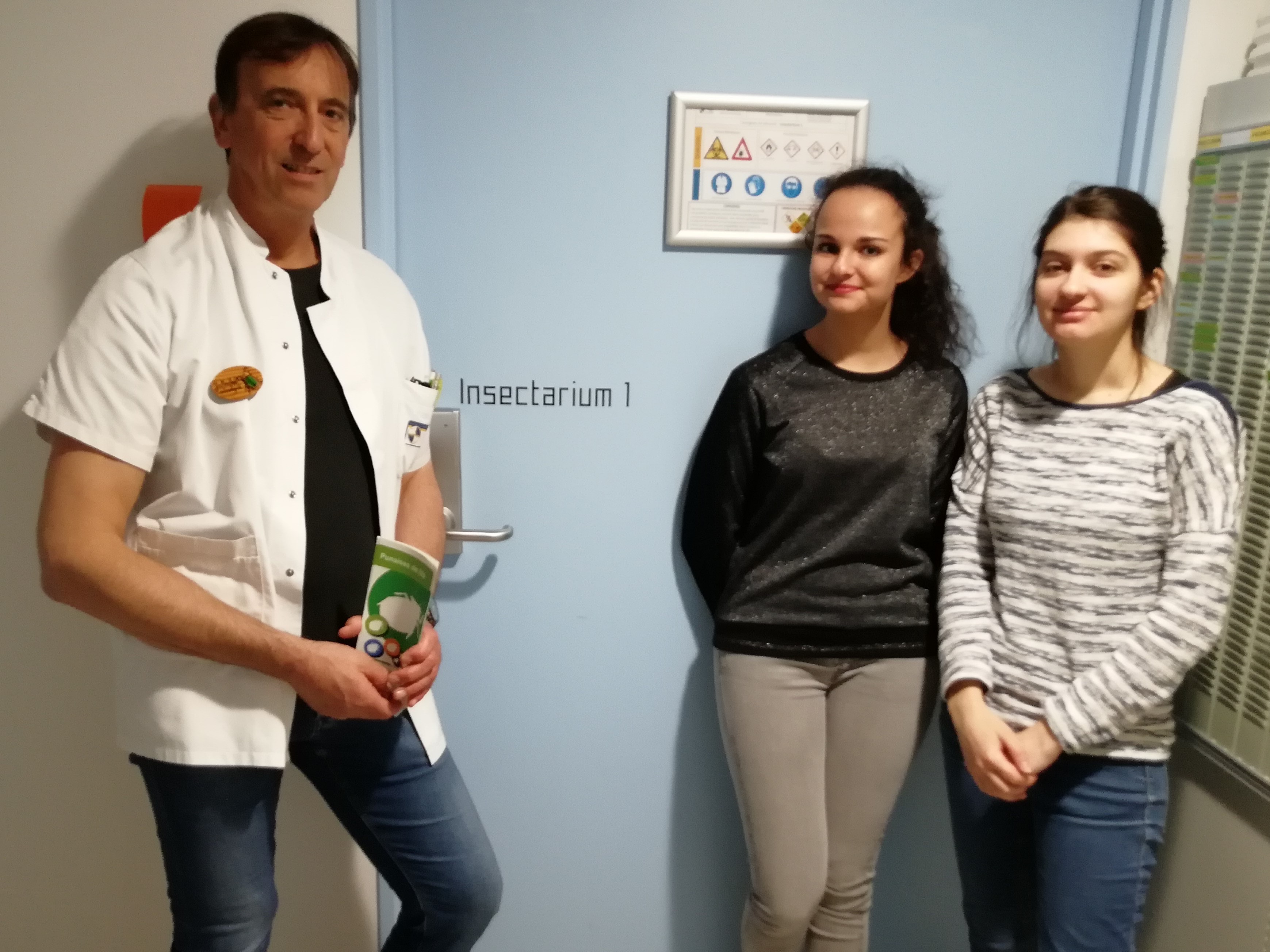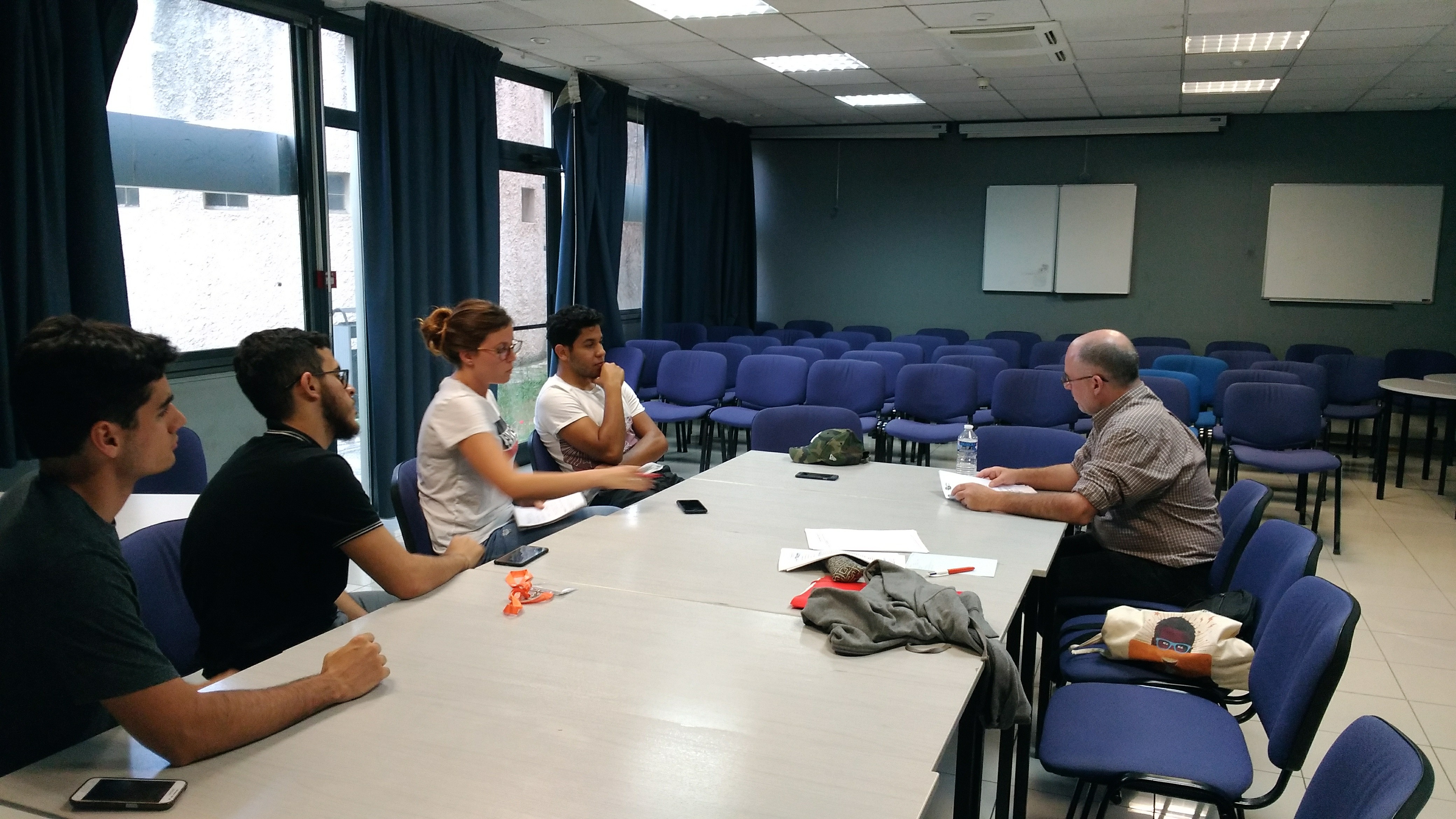(→Interviews with experts) |
(→Jean-Michel BERENGER) |
||
| Line 52: | Line 52: | ||
===Jean-Michel BERENGER=== | ===Jean-Michel BERENGER=== | ||
[[File:T--Aix-Marseille--JMB2.png|400px|right|]] | [[File:T--Aix-Marseille--JMB2.png|400px|right|]] | ||
| − | '''Mr. Jean-Michel BERENGER''' is one of the '''leading entomologists''' in France working on bed bugs. He was a true '''mentor''' throughout our whole project. We met with him at the [http://en.mediterranee-infection.com/ IHU-MI] (University Hospital Institute-Mediterranean Infection) in Marseille. He was one of the first person we met for human practices and gave us pointers about bed bugs: the different species, the infestation rates evolution in France and around the world, how to run tests on them, and the current challenges. Here you can find the entire interview he gave us: | + | '''Mr. Jean-Michel BERENGER''' is one of the '''leading entomologists''' in France working on bed bugs. He was a true '''mentor''' throughout our whole project. We met with him at the [http://en.mediterranee-infection.com/ IHU-MI] (University Hospital Institute-Mediterranean Infection) in Marseille. He was one of the first person we met for human practices and gave us pointers about bed bugs: the different species, the infestation rates evolution in France and around the world, how to run tests on them, and the current challenges. Here you can find the entire interview he gave us: '''REUUUUUNIIIOOOONNN MERCREDI 10/10''' |
| − | + | ||
| − | '' | + | |
| − | + | ||
| − | + | ||
| − | + | ||
| − | + | ||
| − | + | ||
| − | + | ||
| − | + | ||
| − | + | ||
| − | + | ||
| − | + | ||
| − | + | ||
| − | + | ||
| − | + | ||
| − | + | ||
| − | + | ||
| − | + | ||
| − | + | ||
| − | + | ||
| − | + | ||
| − | + | ||
| − | + | ||
| − | + | ||
| − | + | ||
| − | + | ||
| − | + | ||
| − | + | ||
| − | + | ||
| − | + | ||
| − | + | ||
| − | + | ||
| − | + | ||
| − | + | ||
| − | + | ||
| − | + | ||
| − | + | ||
| − | + | ||
| − | + | ||
| − | + | ||
| − | + | ||
| − | + | ||
| − | + | ||
| − | + | ||
Later on, we went to him to verify the '''relevance''' of our trap and get the '''proof of concept'''. Furthermore, he helped us with the trap design in order to find the '''safest application''' for future consumers. | Later on, we went to him to verify the '''relevance''' of our trap and get the '''proof of concept'''. Furthermore, he helped us with the trap design in order to find the '''safest application''' for future consumers. | ||
Revision as of 14:42, 7 October 2018
Education & Engagement
Bed bugs infestations are increasing each and every year in Marseille and all over the world. The grounds of our breaking bugs project was that heavy increase. We wanted to help our local community as well as the whole world. We engaged in our society by going to as many fairs and gatherings as possible, with three main messages to deliver:
What is iGEM?
What are bed bugs and how to prevent infestations?
Engaging the public in the breaking bugs project.
Science market
Created in 2003, the science market is a place to exchange ideas and popularize science using interactive, accessible, and fun activities. The aim is to sharpen the scientific knowledge of the general public. At the market, we had two main products to sell to the public: synthetic biology and the current challenges, and the breaking bugs project.
We met kids and adults, succeeded in delivering our ideas, and got multiple feedbacks on the project. Furthermore, we met with researchers with whom we discussed the bioethics challenges surrounding our plan.
Science festival
The fête de la science or science festival is a national event that promotes scientific culture and, in a festive setting, exchanges between science and society! Led for 27 years by the French ministry of higher education, research, and innovation, it is a meeting point between the general public and the actors of science who through experimentation, debate, and exchange, offer the opportunity to build new knowledge and to form opinions about the issues facing our society.
To cover the most cities as possible, science villages are set up where universities, research institutes, associations, and companies occupy stands, each of them bringing several interactive experimentations. It is the diversity that contributes to the wealth and success of the festival.
Social housing union convention
The social housing union is a confederation which gathers all the French social landlords ie about 730 organisms managing 4.5 millions of housing. The sector, like many others, is confronted to bed bugs infestations. The union organized its national congress in Marseille on the 9th, 10th and 11th of October, bringing together around 22,000 people over 3 days and 10,000 social housing professionals. The congress was covered by about 90 journalists. Following our nationwide advertisement campaign, we got invited to the convention to present the breaking bugs project as an innovative solution to develop, for bed bugs infestations treatment, that can directly impact the inhabitants.
Biotechnology forum
In collaboration with Polytech Marseille, we were able to get a stand at the 19th biotechnology forum. The forum brings together students and professionals. Conferences are held to address the current challenges of biotechnology, which now occupy a major role in the health and environmental sectors. Participants were able to exchange with experts on the latest biotechnology advances. This year, four main topics were addressed: gene therapy, genetically modified organisms, the pharmaceutical industry, and genomics.
Our team took part in the forum with three main goals to achieve:
Promoting synthetic biology through presenting the iGEM organization.
Presenting the breaking bugs project and getting the community's feedback.
Recruiting engineers for next year's iGEM team.
European researchers night
The gathering aims to attract a public that is not familiar with science and awaken the desire to develop and maintain a connection with research after the event.
Through the art of storytelling, we engaged with the public in a game of exchange that enables all participants to critically discuss communication and to come to a better understanding of what research activity entails. Our team had two tales to share with the audience: synthetic biology and the breaking bugs project.
Survey study
Interviews with experts
Reaching out to experts was the key factor in shaping the breaking bugs project. By interviewing them, we had critical evaluations and feedbacks around our work. Furthermore, they pointed out the challenges we might face. We reached out to experts from multiple fields: finance, entomology, entrepreneurship...
Jean-Michel BERENGER
Mr. Jean-Michel BERENGER is one of the leading entomologists in France working on bed bugs. He was a true mentor throughout our whole project. We met with him at the IHU-MI (University Hospital Institute-Mediterranean Infection) in Marseille. He was one of the first person we met for human practices and gave us pointers about bed bugs: the different species, the infestation rates evolution in France and around the world, how to run tests on them, and the current challenges. Here you can find the entire interview he gave us: REUUUUUNIIIOOOONNN MERCREDI 10/10
Later on, we went to him to verify the relevance of our trap and get the proof of concept. Furthermore, he helped us with the trap design in order to find the safest application for future consumers. Mr. BERENGER gave us precious advices to develop our project.
Jean-Louis MONCLERC
Mr. Jean-Louis MONCLERC is an independent consultant and associate professor at Aix-Marseille University. We went to him to learn methods to captivate the sponsors and get them to support our project. Firstly, we presented the iGEM organization and its goals. Then, we talked about our project so he can help us engage the right sponsors. Furthermore, he gave pointers to the team members in charge of funding so they can enhance their productivity and get better results. His expertise and mentorship helped put the members on the right track towards getting the team's budget.
Olivier GREMAUD
Mr. Olivier GREMAUD is the founder of Cynoscan. The company trains dogs so they can quickly detect bed bugs. We reached out to them by email with a series of questions and concerns to help us shape the breaking bugs project. They were very encouraging and brought a collaboration opportunity to the light. The plan is as follows: prior to applying the trap in infested premises, they can intervene with their trained dogs to spot the areas where we can apply the trap. Along these lines, we are targetting the infestation, narrowing down the range of application, and increasing the trap's efficiency.






